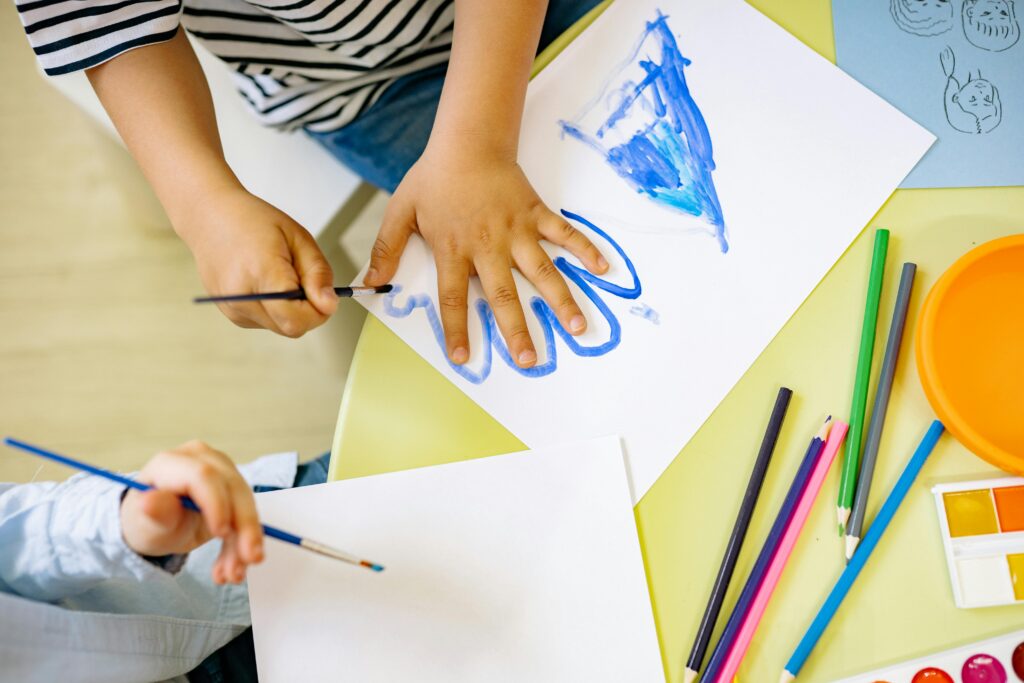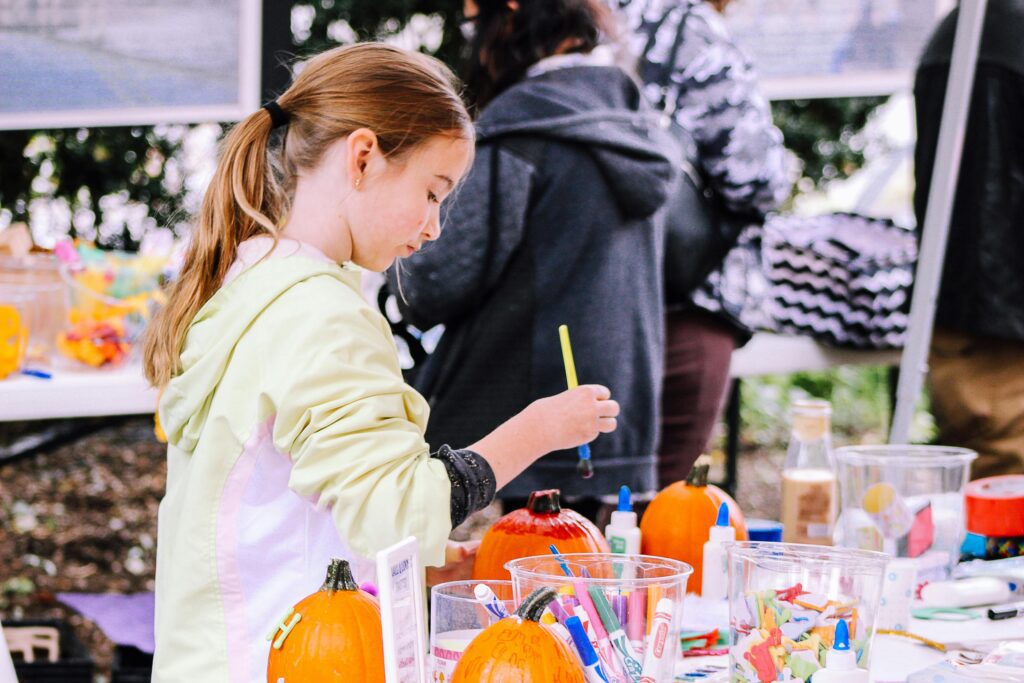
Many people assume that you are either born an artist or not. You have the talent or you don’t.
Well, here’s the truth: Art is a skill that can be learned, just like any other skill. Talent alone means nothing if you don’t take the time to develop the necessary skills. Even the most naturally gifted individual will struggle to reach their full potential without learning and practice.
If you’re wondering whether your child has a natural talent for art, there are a few signs to look out for. However, it’s important to note that art is a skill that can be learned and developed over time with practice, so even if your child doesn’t exhibit these signs, they can still become an excellent artist with proper instruction and guidance.
One sign that your child may have an artistic inclination is if they frequently create art in their spare time. This can include drawing, painting, sculpting, or any other form of creative expression. Additionally, if your child has a natural eye for color and composition or seems particularly interested in art-related activities, these can also be indicators of artistic ability.
If you suspect that your child has a talent for art, one of the best things you can do for them is to enroll them in art lessons. With practice and dedication, their skills can develop to a near-professional level by the time they reach adulthood. That being said you need to make sure the art lessons are actually teaching them the skills they need so they can acquire them.
Read more here about finding the right art lessons for your art loving child
Starting art lessons at a young age can also help to build your child’s confidence in their abilities, preventing them from feeling discouraged by the perceived “talent” of others in their peer group. Often, if a child hasn’t had a chance to develop their skills in art, they will think they aren’t talented and able to create art starting at about age ten. And certainly, by their teens, they will have no interest as they believe they aren’t ‘talented’. There’s a reason younger kids love to color and draw as they don’t have this mistaken belief that they need to be good at art to create.
Furthermore, the more hours your child spends practicing their art skills, the more they will refine their craft and progress through the stages of learning, from hobbyist to emerging to professional artist. So the earlier you start, the more time they will have to practice and develop their skill.
Beyond skill development, art serves as an incredibly effective therapeutic outlet for children. It allows them to express emotions, process experiences, and communicate feelings in a way that words often cannot.

By giving your child the skills to create art, you are equipping them with tools for life tools that can help them navigate challenges, relieve stress, and develop their creative thinking.
Leaving art to chance is like expecting your child to learn math on their own. Just as we provide structured education for academic subjects, we should do the same for creative pursuits.
Providing children with proper instruction in art not only helps them develop technical abilities but also fosters emotional well-being and self-expression.
I also like to look at whether you should spend the resources on developing your child’s artistic skill if they are actually interested in it. While structured lessons and skill-building are important, it’s equally crucial to assess whether your child has a genuine passion for art. Encouraging their natural interests ensures that they remain engaged and motivated in their artistic journey.
In summary, while there are a few signs that your child may have a natural talent for art, it’s important to remember that art is a skill that can be learned and developed over time with practice.
Enrolling your child in art lessons at a young age can help to foster their artistic abilities, build their confidence, and set them on a path to becoming a skilled artist while also giving them valuable tools for life.
